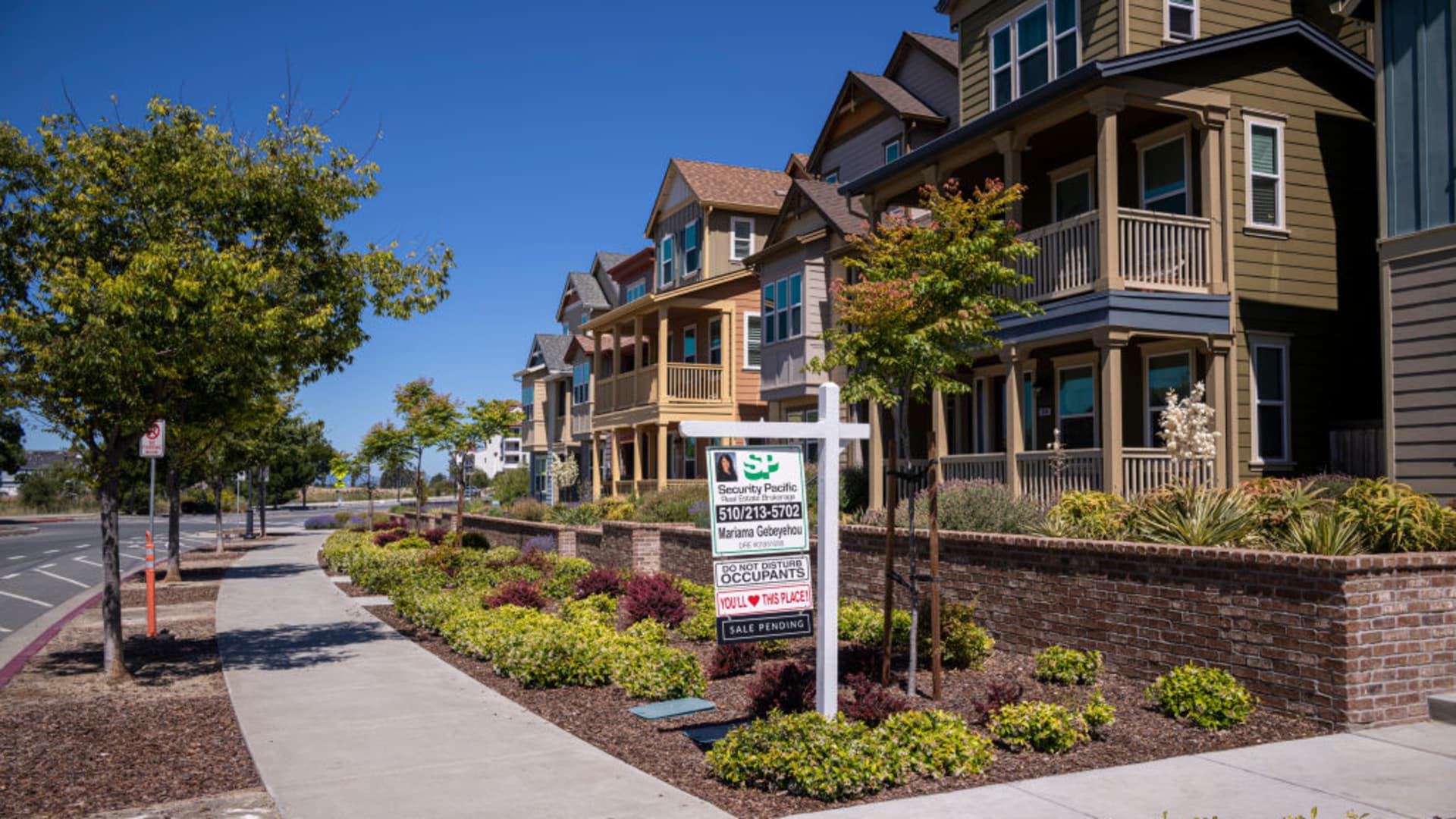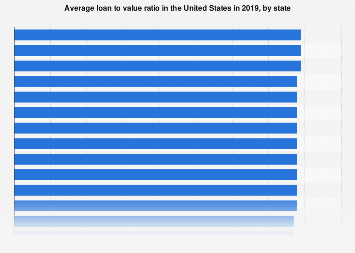Follow-Up:One thing kyk is right about.....the risk of ARMs is much, much lower now than compared to 2007/2008:

Here's why this housing downturn is nothing like the last one
The housing market has cooled off a bit after an incredibly hot stretch fueled by the pandemic. That doesn't mean it's about to be 2007 all over again.www.cnbc.com
Not as many risky loans
There are currently 2.5 million adjustable-rate mortgages, or ARMs, outstanding today, or about 8% of active mortgages. That is the lowest volume on record. ARMs can be fixed, usually for terms of five, seven or 10 years.
In 2007, just before the housing market crash, there were 13.1 million ARMs, representing 36% of all mortgages. Back then, the underwriting on those types of loans was sketchy, to say the least, but new regulations following the housing crash changed the rules.
ARMs today are not only underwritten to their fully indexed interest rate, but more than 80% of today’s ARM originations also operate under a fixed rate for the first seven to 10 years.
Today, 1.4 million ARMs are currently facing higher rate resets, so given higher rates, those borrowers will have to make higher monthly payments. That is unquestionably a risk. But, in 2007, about 10 million ARMs were facing higher resets.
This is a good sign that banks haven't lowered lending standards like they did during the 2000s (which was being pushed by the government to increase homeownership #'s). Surely prices will come down due to higher interest rates, but the idea of a 2000s-like crash seems farfetched.


